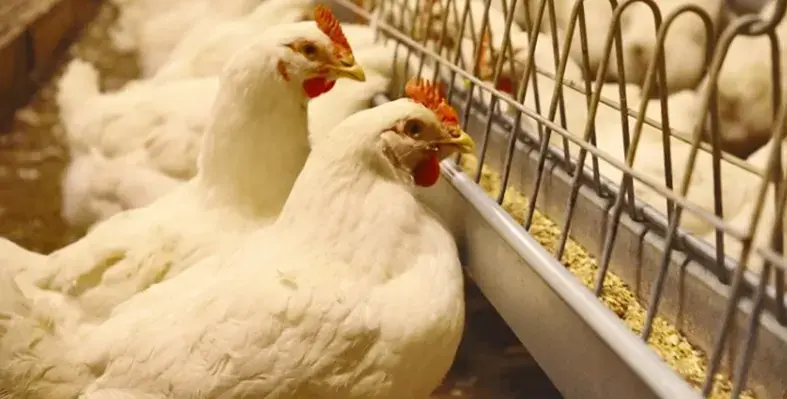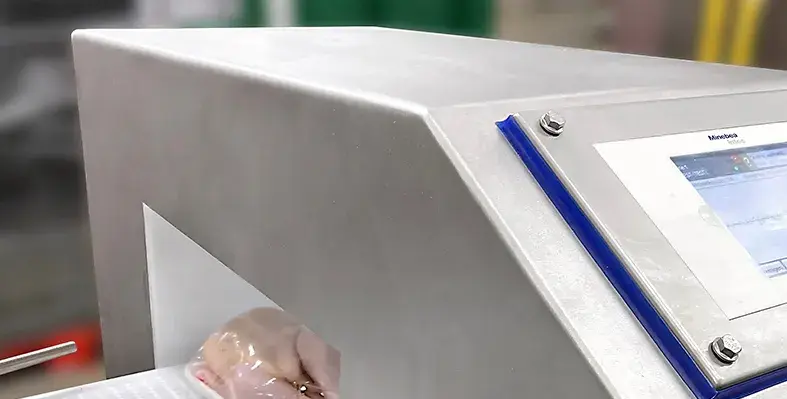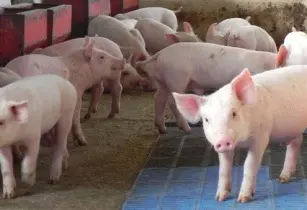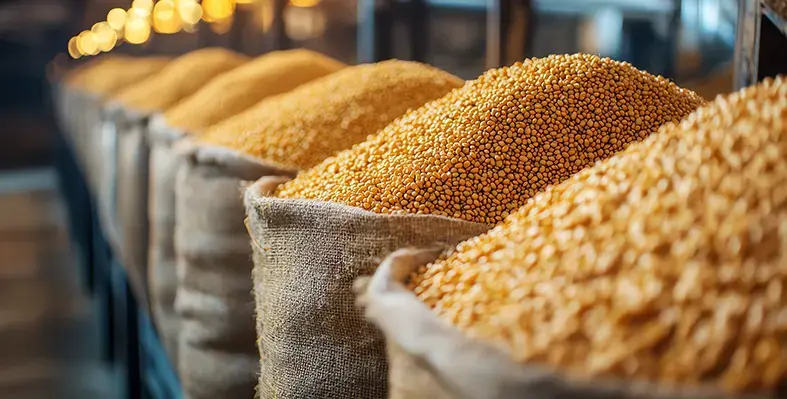
Fortena delivers significant benefits to broiler breeders, enhancing both the feeding process and overall farm management. (Image source: Roxell)
Engineered for improved feeding efficiency, the Fortena chain feeding system from Roxell is an advanced automatic feeding solution designed for hens that lay fertile eggs
It features key innovations that set it apart from conventional chain feeders on the market. With a focus on speed, durability, and ease of use, Fortena delivers significant benefits to broiler breeders, enhancing both the feeding process and overall farm management.
Key features of the Fortena chain feeding system include:
1. Good and rapid feed intake
The patented chain design with large open links takes up 25% less space and minimises friction between the chain and the feed, preserving feed pellet integrity. This enables faster, more efficient consumption by the hens and reduces feed waste. The chain design also minimises wear. By reducing friction, the system runs quietly, which increases the longevity and reduces the need for maintenance. The rounded feed trough allows hens easier access to the feed, reducing feed loss. Thanks to a rounded edge, there is also less contact with the feed trough, reducing feather loss and improving hen welfare, overall health, and productivity.
2. Ease of use and maximum flexibility
The system offers six adjustable volume settings, allowing farmers to tailor feeding regimes according to specific flock needs. This flexibility ensures even feed distribution, optimises bird growth, and reduces waste and feed costs.
Fortena offers flexibility in management for:
- fixed or variable speed of feed distribution
- feeding circuit on winches or on legs, or a combination
- completely automated feeding process with the iQon feed controller
- direct feed supply with day bins or indirectly via hoppers on the circuit
These options help optimise feeding, reduce labor costs, and ensure hens receive proper nutrition.
3. Extra durable, strong and silent
Fortena’s long feed trough sections reduce friction and minimise coupling points, ensuring a quieter system and reducing wear. Polyamide connectors keep feeders aligned, while extra-strong chain links reduce the risk of breakage, ensuring long-lasting performance even in intensive feeding environments. Moreover, Fortena uses lubrication-free corner wheels with ball bearings, reducing maintenance needs and saving poultry producers time and effort.
Durability, efficiency, and flexibility
The Fortena system is a powerful solution for broiler breeder farmers looking to optimise their feeding systems, combining efficiency, durability, and flexibility to enhance feeding and hen health. Its low maintenance and robust design make it a cost-effective investment for farms of all sizes.
For more details, visit Roxell.com or watch our testimonial video on YouTube.











